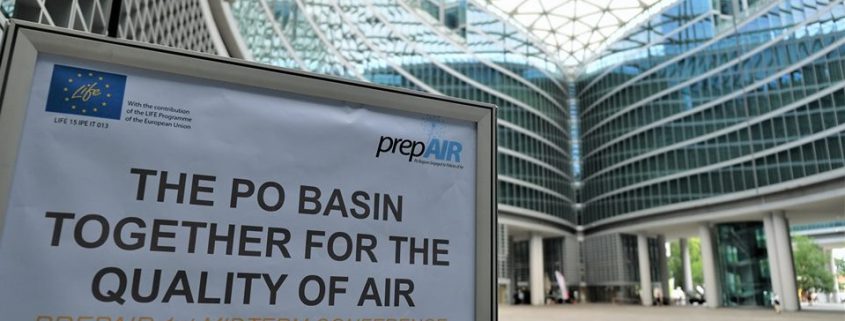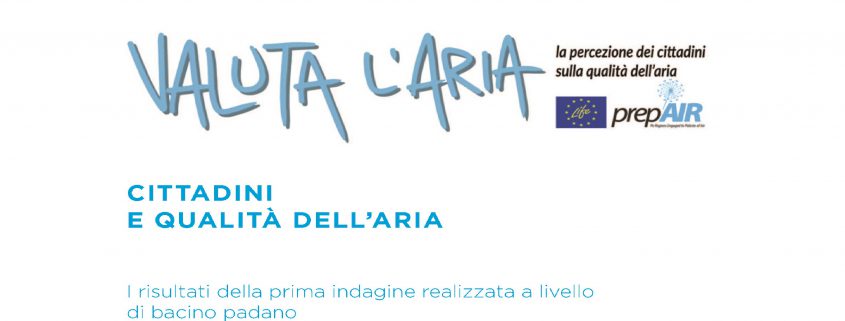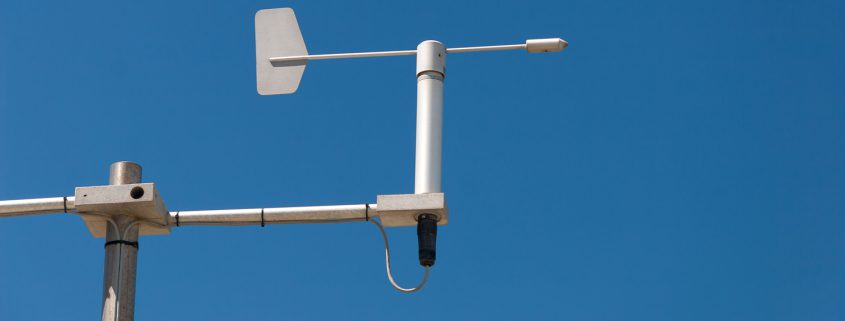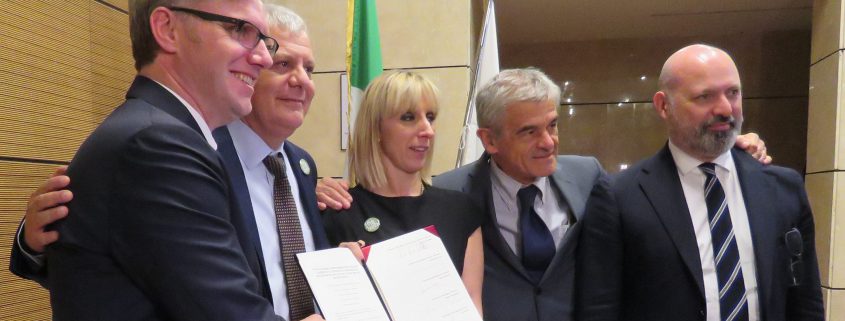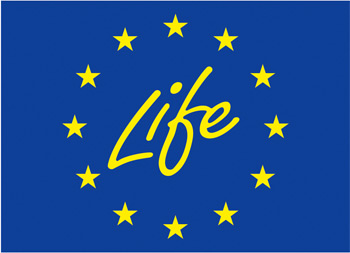Last 11th of July, the Regional governments of the Po Basin together with the Autonomous Province of Trento met in Milan hosted by Regione Lombardia, for the first Midterm conference of LIFE Prepair Project.
The conference was the occasion to present the achievements of the first two project years and to take the stock of the situation on common strategies and future perspective regarding air quality in the critical context of the Po basin.
In the presence of Wilhelmus De Wilt as a representative of the European Commission, the participants to the 1st Midterm conference – among them the regional ministers Raffaele Cattaneo of Lombardia, Paola Gazzolo of Emilia Romagna, Matteo Marnati of Piemonte – discussed what has been done so far and the future perspective taking into account the recent signature of the protocl for air quality signed by the italian regional governments and the national ministry of environment at the Clean Air Dialogue in Turin, nearly a month ago.
The morning was dedicated to present the advancement of the actions and the achievements of Prepair project. The project activities helped making clear that reducing the emission of pollutants by 40% in the Po basin is feasable, given the fast implementation of the action already planned and the use of new advanced technologies.
Among the results it was presented the first survey on the perception of air quality for the Po Basin.
An informal Networking session took place during lunch break with the participation of some of the projects part of the Prepair Network.
The afternoon section was more oriented to the perspectives and political strategies that were discussed in a round table by the representatives of the Po basin local governments and project partners.
Go to the video summary of the day (in italian)
Go to the video interviews (in italian)

